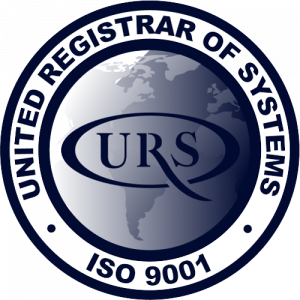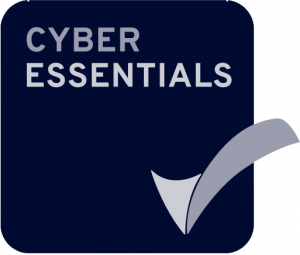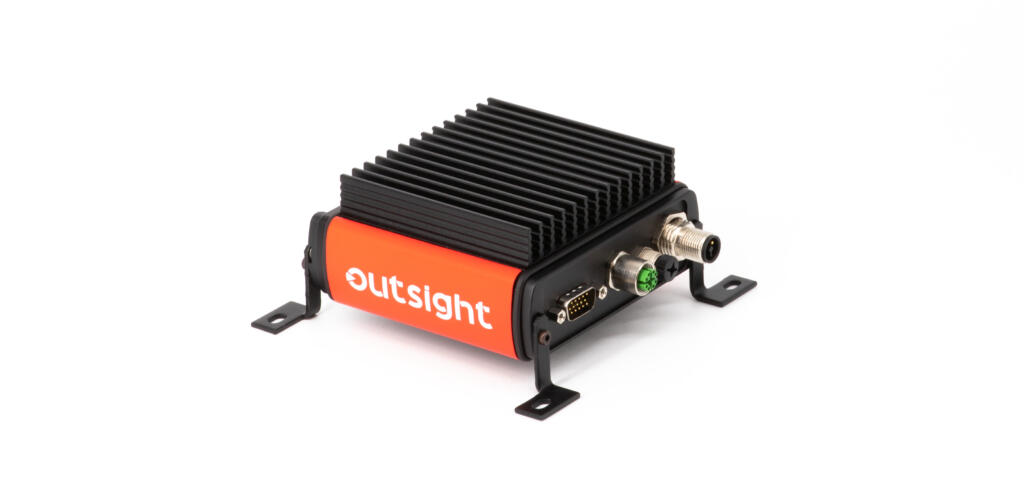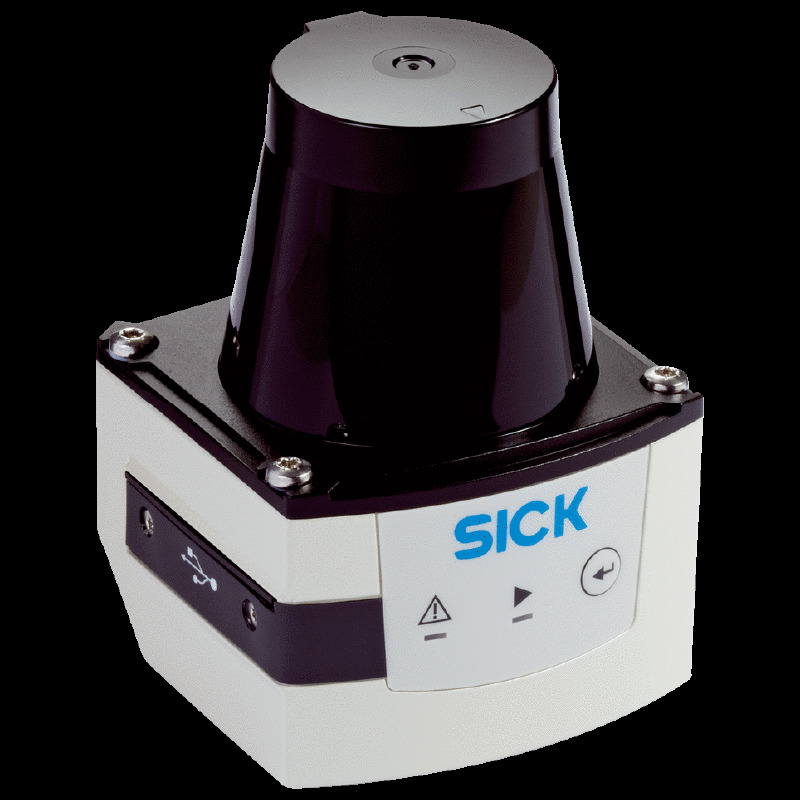The flexible, highly accurate TiM561 2D LiDAR sensor is a non-contact ranging solution with a 10-metre maximum reach and angular resolution of 0.33°, enabling precise measurement and monitoring within the scanning field. HDDM+ technology means that a 1,470 m² outdoor area can be reliably scanned regardless of surface or ambient light. Its compact form factor and IP67 rated industrial-strength design make it ideal for integration with small mobile platforms and AGVs, detecting sufficient properties based on landmarks in the environment to localise the vehicle. TiM561 outputs measurement data for each individual angle as a machine-readable data string (ASCII or binary). All data – including object distance and signal strength – is relayed via USB or Ethernet interface, which can be visualised in SOPAS or imported into your specific application.
Speak to an expert
Although robots are great, it’s actually best talking to our humans to get advice and support on your autonomy journey…
It’s all in the detail
Product description
Features
- Considerable single sensor coverage area of up to 1,470 m², with 1o metre range
- HDDM+ technology provides reliable object detection, regardless of surface or ambient light
- Rugged IP67 enclosure allows deployment in challenging external environments
- Compact design enables easy integration with small platforms and in tricky positions
- Onboard Ethernet interface for easy implementation and remote maintenance
- Object dimensions and features can be determined through the measurement data output
- High scalability and low implementation costs thanks to the identical sensor telegrams of all SICK 2D LiDARs
Applications
- Collision avoidance for automated guided vehicles (AGV)
- Object measurement and detection
- Monitoring automated environments
- Navigation for mobile platforms and AGVs
Specifications
| Measurement principle | HDDM+ |
| Application | Outdoor |
| Light source | Infrared (850 nm) |
| Laser class | 1 (IEC 60825-1:2014, EN 60825-1:2014) |
| Aperature angle horizontal | 270° |
| Scanning frequency | 15 Hz |
| Angular resolution | 0.33° |
| Working range | 0.05 m – 10 m |
| Scanning range 10% reflectivity | 8 m |
Mechanics and electronics
| Connection type | 1 x Ethernet connection, 4-pin M12 female connector 1 x connection power / synchronisation output 5-pin, M12 male connector 1 x Micro USB female connector, type B |
| Supply voltage | 9 V DC – 28 V DC |
| Power consumption | Typ. 4 W |
| Housing colour | Grey (RAL 7032) |
| Enclosure rating | IP67 – applies only when the plastic cover of the aux interface is closed (IEC 60529:1989+AMD1:1999+AMD2:2013) |
| Protection class | III (IEC 61140:2016-1) |
| Weight | 250 g, without connecting cables |
| Dimensions | 6 x 6 x 8.6 cm |
Performance
| Response time | 1 x scan, typ. 67 ms 2 x scans, ≤ 134 ms (at +45° to +225° of the working range; max. 150 ms at –45° to +45° of the working range) |
| Systematic error | ± 60 mm (typical value at 90% reflectivity up to maximum scanning range- real value depends on ambient conditions) |
| Statistical error | < 20 mm (typical value at 90% reflectivity up to maximum scanning range- real value depends on ambient conditions) |
| Integrated application | Output of measurement data |
| Detectable object shape | Almost any |
Interfaces
| Ethernet | TCP / IP |
| USB Remark Function | Micro USB AUX, parameterisation |
| Digital inputs | 0 |
| Digital outputs | 1 (PNP, sync / device ready) |
| Optical indicators | 2 x LEDs (ON, device ready) |
Ambient data
| Object reflectivity | 4% – 1000% (reflector) |
| Electromagnetic compatibility Emitted radiation Electromagnetic immunity | Residential area (EN 61000-6-3:2007+AMD:A1:2011) Industrial environment (EN 61000-6-2:2005) |
| Vibration resistance Sine resonance scan Sine test Noise test | 10 Hz – 1,000 Hz (IEC 60068-2-6:2007) 10 Hz – 500 Hz, 5 g, 10 frequency cycles (IEC 60068-2-6:2007) 10 Hz – 250 Hz, 4.24 g RMS, 5 h (IEC 60068-2-64:2008) |
| Shock resistance | 50 g, 11 ms, ± 3 single shocks / axis (IEC 60068-2-27:2008) 25 g, 6 ms, ± 1,000 continuous shocks / axis (IEC 60068-2-27:2008) 50 g, 3 ms, ± 5,000 continuous shocks / axis (IEC 60068-2-27:2008) |
| Ambient operating temperature | -25 °C – +50 °C (IEC 60068-2-14:2009) |
| Storage temperature | -40 °C – +75 °C (IEC 60068-2-14:2009) |
| Switch-on temperature | -10 °C – +50 °C |
| Temperature change | -25 °C – +50 °C, 10 cycles (EN 60068-2-14:2009) |
| Damp heat | 25 °C – 55 °C, 95% rF, 6 cycles (EN 60068-2-30:2005) |
| Permissable relative humidity Operation Storage | < 80%, non-condensing (EN 60068-2-30:2005) ≤ 95%, non-condensing (EN 60068-2-30:2005) |
| Ambient light immunity | 80,000 lx |
Finance and Shipping
Finance and Shipping
Restrictions on customers
Please note that due to the high average transaction costs, we must adhere to Anti-money laundering legislation. For new customers, this comes into effect when the transaction value is more than £8,800 (or equivalent in USD or EUR).
Please note that some products are restricted so we typically do a brief check on location and customer information before accepting self-service orders.
Online ordering (self service)
On orders up to £8,800 (or equivalent in USD or EUR), we offer online ordering with payment by all major credit cards. Payments can be made in GBP only.
Payment options for transactions over £8,800
Please contact us to complete our ‘Know Your Customer’ form for payments in advance (by BACS or Card) above this amount, or apply for a full ‘Credit Account’ for up to 30 days credit, on account. Payments can be made in GBP, EUR or USD.
Shipping
Shipping by default is by FedEx and typically takes from one to five working days worldwide. All packages are fully insured from us to you.
Our incoterms are DDP (for UK customers) and DAP (for international customers, including EU). Other incoterms may be available on request in special circumstances.
Goods can also be collected from our logistics centre.
Loan finance
Level Five Supplies is pleased to offer finance as a payment option, iur appointed partners can work with you to make equipment purchase more straightforward.
There are many reasons to consider using finance:
- Improves Cash Flow: When you finance your equipment, your cash isn’t tied up in the equipment. Instead, it’s free for other investments that will grow your business, produce income, and ensure the equipment you acquire earns profits over its lifetime.
- Preserves Other Lines of Credit: Tomorrow can bring many opportunities. Financing equipment means you’ll have the credit available (either from the bank or other sources) to take advantage of future opportunities.
- Hedges against inflation: Your monthly payment remains the same over the term of the lease or loan. Money paid later in the term usually have less purchasing power than those paid at the beginning of the term…so you pay for today’s equipment needs with tomorrow’s lower-value currency.
- Provides 100% financing: Even “soft costs” such as training, shipping, installation, and maintenance agreements can usually be included. So you can rest easy knowing that these associated costs won’t disrupt your cash flow.
- Simplifies equipment changes: Hiring additional workforce? Increasing efficiency? Additional equipment can easily be added to your existing loan or lease. Or, if you’re trying to stay ahead of the competition by staying ahead of technologies, the equity in your financed equipment can be applied toward the loan or lease of new equipment. These options solve the problems of obsolescence – and make your job easier.
- Eliminates hidden charges: You have no compensating balances, no closing costs, and no blanket liens or other restrictive covenants that banks use to increase customers’ cost. What you see is what you get.
- Offers excellent rates: Our finance partner rates are highly competitive.
- Saves on taxes: Depending on the type of finance agreement you select, as much as 100% of your payments may be tax deductible.
- Offers many payment programs: Our finance partners work for you, not us. You choose the type of loan or lease that best fits your needs, and you select the length of the loan or lease term.
The finance agreement is between you and the lender, and we don’t take commission or referral fees – but we’ve done the preparatory work of allocating a broker for the US, and another for Europe, explaining the technology, validating supplier products and explaining how the technology will be used so your application process is simplified and focused entirely on the financials.
The initial part of the process usually takes less than an hour and means that you can spread the cost of a higher value purchase of equipment like this over several months or even years, allowing you to better plan your project or department budgets, but also means you can get what you need over the coming years, not just what you can afford today.
Contact our Sales team to discuss your needs further.








